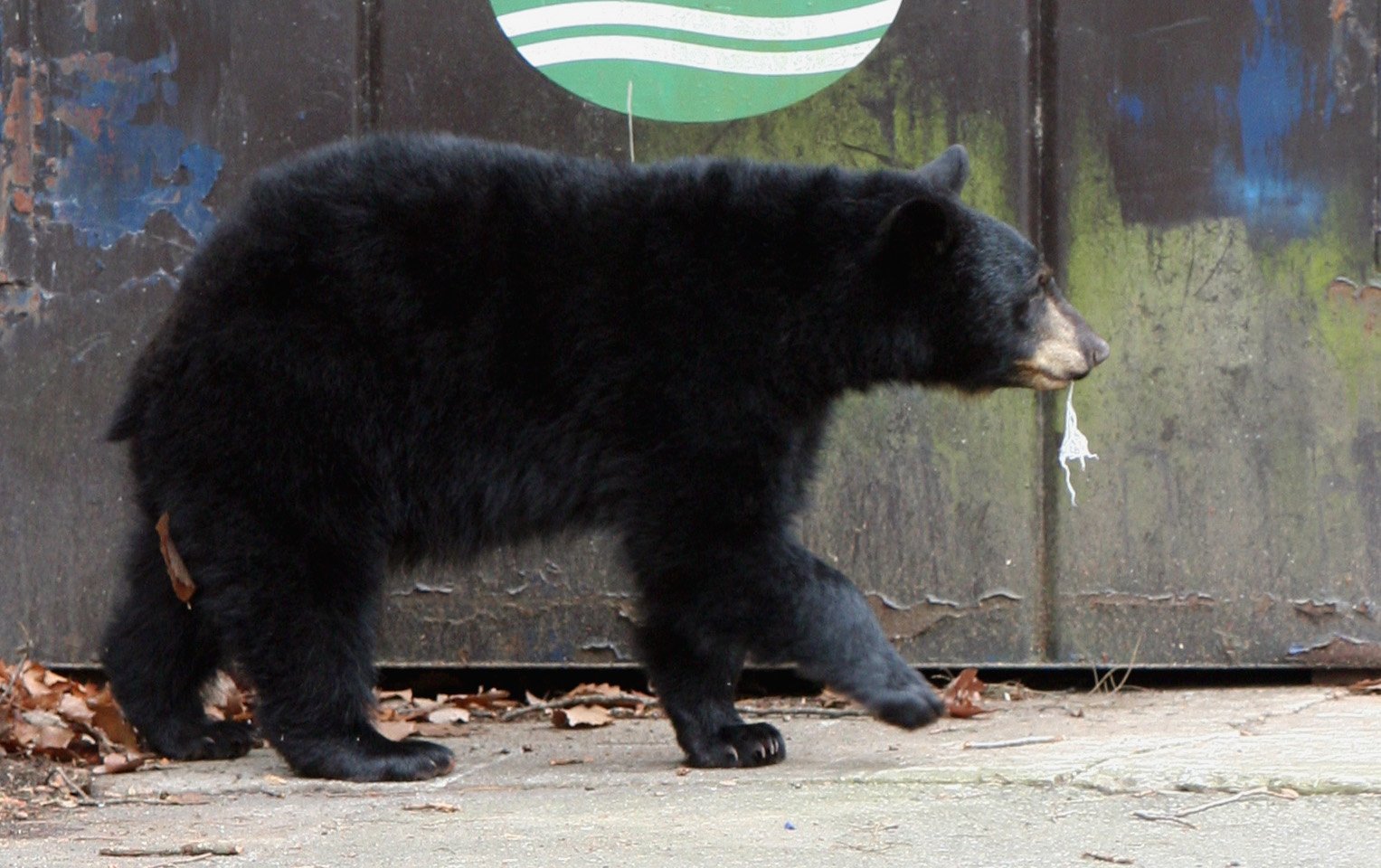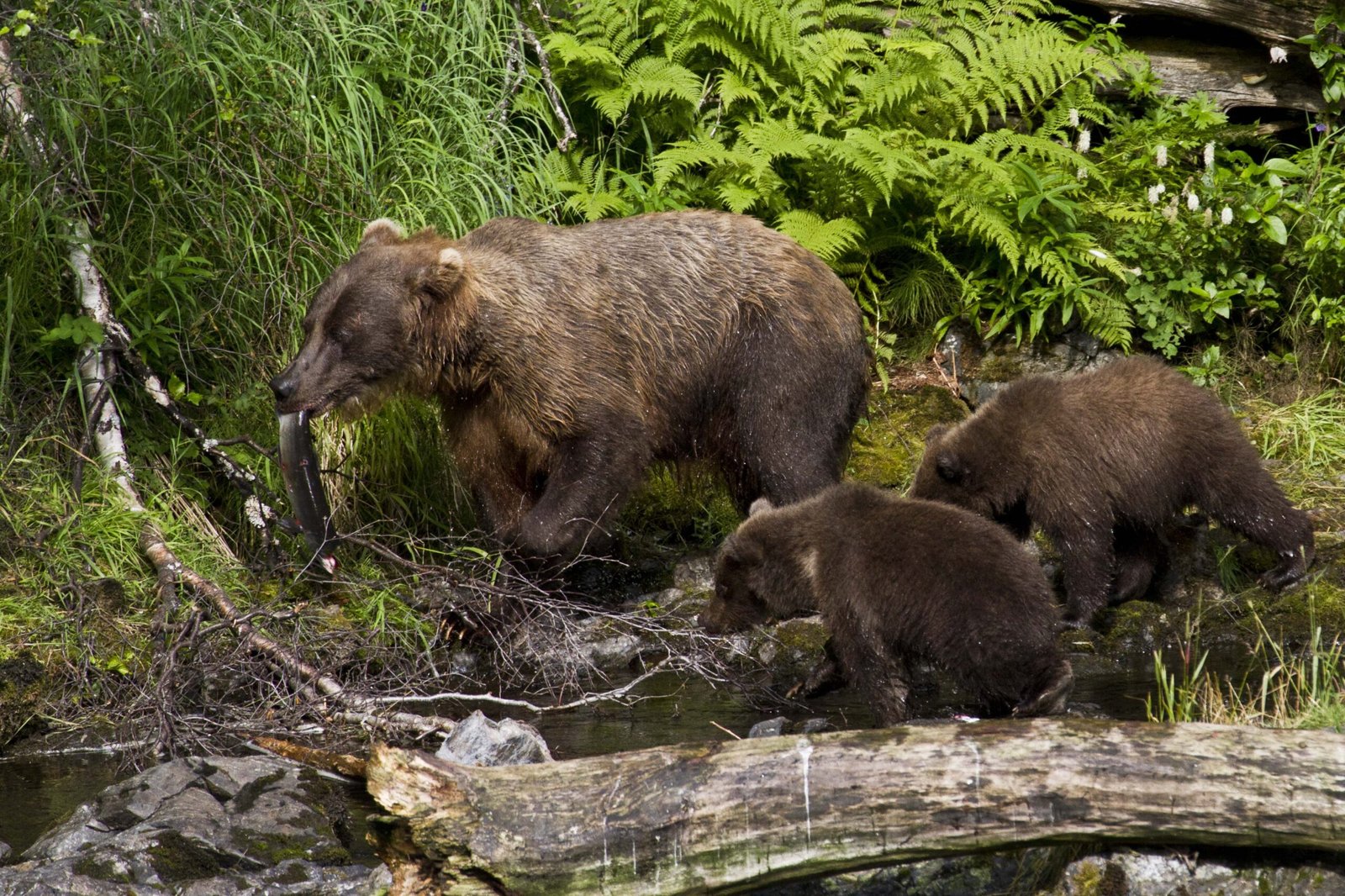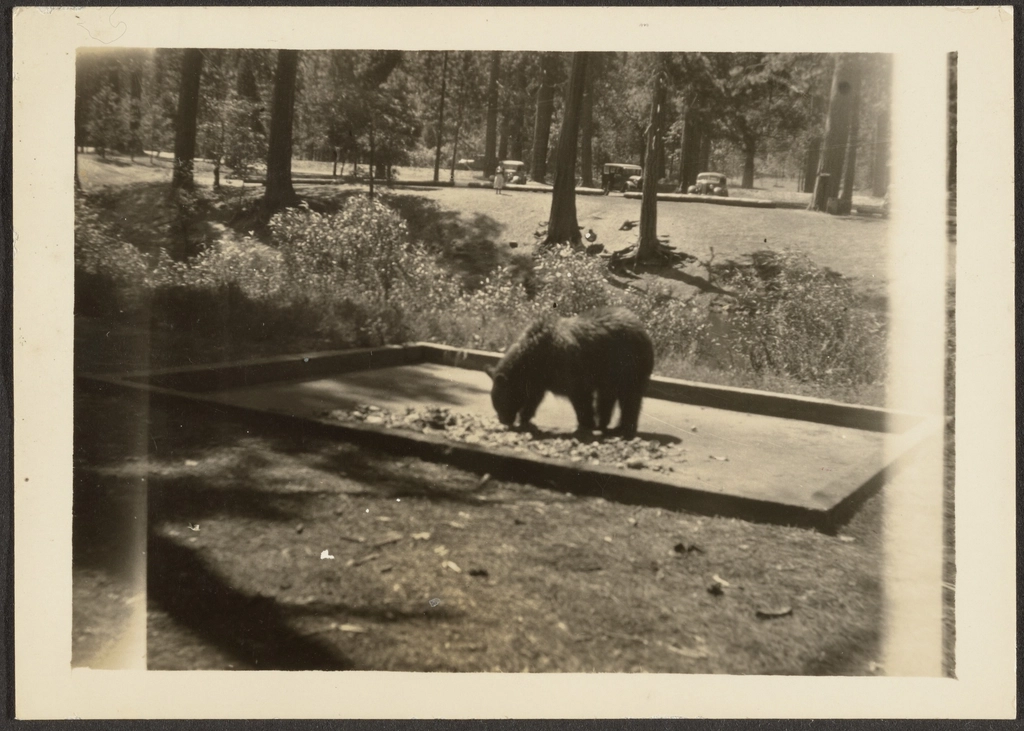On a crisp morning in Yosemite National Park, a family returns to their parked car only to find the doors wide open, food missing, and a trail of pawprints leading into the forest. The culprit? A clever black bear with a knack for unlatching car doors. This isn’t a tall tale or mere legend—it’s a real, jaw-dropping example of how wild animals adapt to human activity. Bears in Yosemite have become so skilled at breaking into vehicles that park officials now warn visitors to “treat your car like a bear-proof locker.” The astonishing intelligence and adaptability of these animals captivate scientists and nature lovers alike, sparking wonder, concern, and a deep respect for the wild minds that share our world.
Yosemite’s Bears: More Than Just Furry Neighbors

Yosemite is home to the American black bear, a species that has thrived in the Sierra Nevada mountains for centuries. These bears are not just symbols of wilderness—they are highly intelligent, curious, and resourceful animals. Unlike the fearsome grizzlies that once roamed the park, Yosemite’s black bears are generally shy but incredibly opportunistic. Over generations, they have learned to navigate the ever-changing landscape of a national park bustling with millions of visitors each year. Their ability to adapt quickly to human presence is a testament to their intelligence and resilience.
The Evolution of Bear Behavior in Yosemite
Decades ago, bears in Yosemite relied mostly on natural food sources like berries, nuts, and fish. However, as tourism increased, so did the availability of human food. Bears soon discovered that campsites, trash bins, and especially parked cars were treasure troves of tasty scraps. This sparked a dramatic shift in bear behavior. What started as scavenging from open coolers quickly evolved into more sophisticated tactics. Some bears now patrol parking lots, using their keen sense of smell and impressive memory to identify which cars might hide a snack. This rapid adaptation highlights a remarkable ability to learn new behaviors in response to novel challenges.
Unlocking the Mystery: How Bears Open Car Doors

It might sound like a scene from a cartoon, but bears in Yosemite have genuinely mastered the art of opening car doors. Using their strong paws and surprising dexterity, they can grip door handles and pull, often with more finesse than a human toddler. Many visitors are shocked to see video footage of a bear calmly strolling up to a car, examining the handle, and popping the door open as if it’s routine. This behavior didn’t appear overnight. Bears learned by watching each other, testing new methods, and remembering what worked. It’s a vivid example of problem-solving in the wild, showing just how adaptable and intelligent these creatures can be.
The Science Behind Animal Learning and Problem-Solving
Scientists studying Yosemite’s bears are fascinated by their learning abilities. Bears are not only quick learners but also capable of complex problem-solving and imitation. They use trial-and-error, observation, and even social learning—watching how other bears succeed or fail. This puts them in a small group of animals, alongside primates and certain birds, known for flexible intelligence. Researchers have recorded cases where mother bears teach their cubs how to access food from cars, passing down knowledge from one generation to the next. This kind of cultural transmission is rare in the animal kingdom and highlights the depth of bear intelligence.
Human Influence: How We Shape Animal Adaptations

The bear’s knack for opening car doors is a direct result of human impact. By leaving food in vehicles or failing to secure belongings, park visitors unintentionally turn their cars into irresistible puzzles for hungry bears. Over time, the bears that figure out these puzzles are rewarded with easy meals, increasing the likelihood that they’ll repeat and teach these behaviors. Rangers now spend significant time educating visitors, issuing fines, and installing bear-proof containers, all in a bid to break the cycle. This ongoing tug-of-war between humans and wildlife is shaping the evolution of animal behavior right before our eyes.
Real-Life Encounters: Tales from Yosemite’s Parking Lots

Stories of bears breaking into cars in Yosemite are legendary among park rangers and visitors. One family returned from a hike to find their car’s interior shredded, with only a lone granola bar wrapper left behind as evidence. In another case, a bear managed to open six cars in one night, calmly moving from one vehicle to the next. These encounters are both hilarious and sobering, reminding us that our actions have real consequences for wildlife. For many visitors, seeing a bear up close—especially one demonstrating such cleverness—is a powerful, unforgettable experience.
The Consequences for Bears: Risks and Realities

While it might seem amusing, the bears’ adaptation comes with serious risks. Once a bear becomes “food-conditioned,” it loses its natural fear of humans and begins to associate people—and their cars—with food. This can lead to dangerous encounters, property damage, and even the bear’s removal from the park. Park officials sometimes have to relocate or euthanize bears that become too bold. These outcomes are heartbreaking for everyone involved. The story of Yosemite’s bears is a cautionary tale about the unintended effects of human behavior on wild creatures.
Protecting Both Bears and People: What’s Being Done?
Yosemite National Park has become a leader in bear management and education. Rangers patrol campgrounds, install bear-proof dumpsters, and issue strict rules against leaving food unattended. Innovative solutions, like bear-resistant food lockers and car alarms, are now common. Education is key—visitors are told repeatedly to “keep it out of sight, and keep it locked up tight.” These efforts have helped reduce bear break-ins, but the battle is ongoing. The goal is to protect both bears and people, preserving the wild spirit of Yosemite for future generations.
The Bigger Picture: Animal Adaptation in a Changing World
The tale of bears opening car doors in Yosemite is just one chapter in a much larger story. Around the world, wild animals are adapting to human presence in surprising ways. From urban raccoons learning to navigate garbage bins to birds altering their songs to be heard over city noise, nature is constantly evolving. These adaptations reveal the incredible resilience and creativity of the animal kingdom. However, they also raise important questions about how we coexist with wildlife and what responsibility we have to protect their habitats.
A Lasting Impression: Coexistence and Respect for Wild Minds
When we hear about bears opening car doors, it’s easy to laugh or feel amazed, but there’s a deeper lesson beneath the surface. These stories ask us to reconsider our relationship with the natural world. By respecting wildlife, securing our food, and acting responsibly in wild places, we can help ensure that these magnificent animals continue to thrive. The next time you visit Yosemite or any wild place, remember: your actions matter, and the wild is always watching. What would you do if you found a bear testing your car door?



